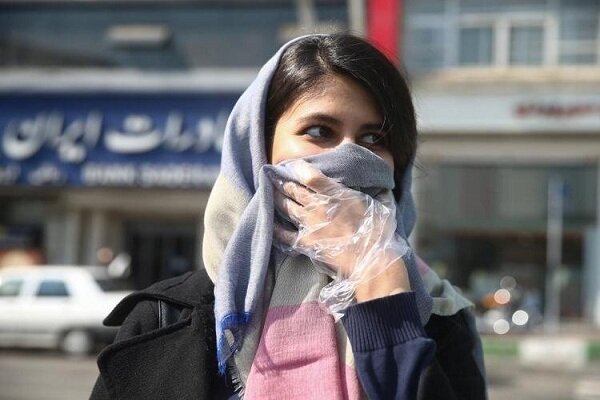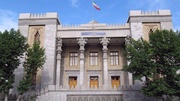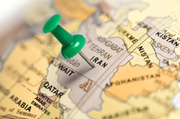Until April 11, the virus mortality in the country was rising daily, however, reports indicated that death toll faced a sharp decline over the past 8 days. The same also happened for the new cases of the virus, which are reducing from over 3,000 newly diagnosed cases daily to 1,300 day by day.
But what is the reason behind handling the spread of the disease in Iran despite sanctions and trade restrictions?
Volunteers play a significant role
Although in the beginning, Iranians like other people around the world, felt a binge fear rushing to pharmacies to lay their hands on face masks, medical gloves, and detergents to protect themselves, which caused the country to run out of anti-corona products, they later came to a conclusion that helping each other is a better way to survive.
So, almost all of the people reached out to volunteer in doing whatever could ever combat the disease, volunteer groups started offering services to the patients and medical staff, as well as producing face masks, scrubs, and disinfectants.
Many of these volunteers were housewives who sewed face masks and gowns to distribute among the public and health workers; in addition, teams made up of Iranian youth started producing disinfectants in universities or religious places.
Many self-protective products have been distributed in deprived areas of the country where financially struggling families are residing and cannot afford these items.
Also, many students and volunteers, have been working in hospitals and helping the medical staff. They collect waste from the coronavirus patients’ ward or help to feed them, and sometimes encourage the patients and medical staff by reciting poems and songs.
The medical staff has become so popular in Iran these days, as photos of them are going viral in social media and are praised by many of the Iranians who call them “heroes of health.”
Knowledge-based companies, researchers come on the scene
Besides, manufacturers multiplied their production capacity, and also Iranian researchers soon achieved the technology to produce three kinds of COVID-19 diagnostic kits that hit the market for the past two weeks.
Two types of diagnostic kits are now mass-produced by knowledge-based companies, first one is the RT-PCR tests, 8 million of which are being produced per month; while the other is serology-based tests that a total of 400,000 are being manufactured monthly and is expected to reach up to 2 million.
At present, 40 advanced ventilators are manufactured daily in the medical equipment sector.
Iranian-made innovative products in the field of diagnosis, screening and fighting coronavirus were also unveiled to combat the disease, namely, ozone generator, nano face shields, disinfection gate and molecular COVID-19 diagnostic kits.
People choose to break the transmission chain
To curb the disease transmission, Iran implemented the social distancing measures from March 27 in a bid to minimize the spread of coronavirus. According to the plan, intercity travels were restricted and only residents were allowed to enter their cities.
Moreover, holding any kind of meeting or congregation was banned and all parks and gyms, as well as universities and schools, remained closed. Meanwhile, rail, road, and air transport were limited.
The outbreak reached its peak concurrent with the Iranian New Year celebration, while travels decreased by 70 percent to help reduce the spread of the virus, and fever tests were performed at the entrances of cities so that suspicious cases of COVID-19 would not enter the more populous cities.
However, in Sizdah Bedar, an Iranian festival held annually on the thirteenth day of the first month of the Iranian calendar (falling on April 1 this year), people were also asked to stay at home and resist picnicking outdoor to break the chain of coronavirus transmission.
Moreover, the Iranian government introduced a telephone service and a website, urging people to report their physical condition so that screeners and doctors could contact and guide them if they have symptoms of the coronavirus.
According to statistics, about 70 million people out of Iran's 85 million population have participated in this national project and provided their information to the Ministry of Health.
From the very first days of coronavirus in Iran, mosques and religious places were announced closed in Iran to ensure the public health, emphasizing that maintaining the health of the Iranian people is more important than anything else.
Although it is clear that not even a nation has completely left the epidemic behind, few of them could somehow reduce the burden of the disease; so that Iranian way of tackling the pandemic, could probably help other nations to manage coronavirus, a way that requires people’s togetherness, power, and insight; Iranian people once again proved that despite any restrictions, sanctions or any barrier, could stand up with a sparkle of hope in their eyes.
First Published in Tehran Times


























Your Comment